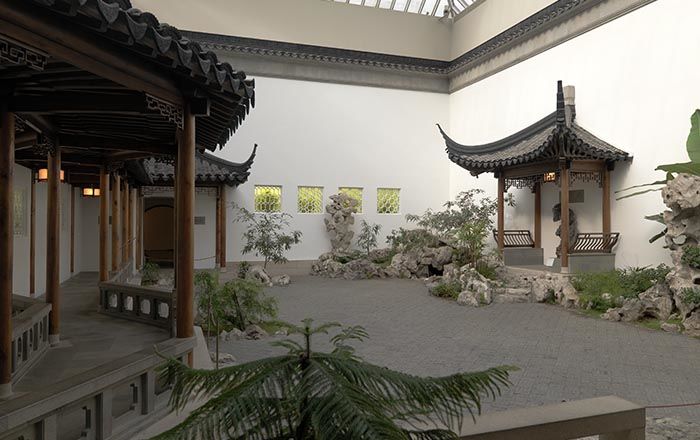Ewer for Hot Water (Yutō)
Not on view
Negoro ware is characterized by a sturdy wood core that can withstand years of use; functional forms; and lacquering techniques, such as the application of intermediary black and outer red layers. These ewers, designed to be both practical and elegant, were typically passed during meals in Buddhist monasteries to pour hot water or tea. Each vessel’s surface and shape are unique; this example has been relacquered.
Highly esteemed in Japan since it was first produced in the fourteenth century, Negoro ware derives its name from the head temple of the Shingi Shingon sect in Wakayama Prefecture. The Negoroji monastery was a prosperous establishment with several sub-temples, for which household furnishings and kitchen utensils had to be produced in large quantities. Artisans in woodworking shops created the vessels and then lacquerers applied layers of black and red lacquer (urushi).
This image cannot be enlarged, viewed at full screen, or downloaded.
This artwork is meant to be viewed from right to left. Scroll left to view more.



